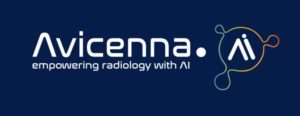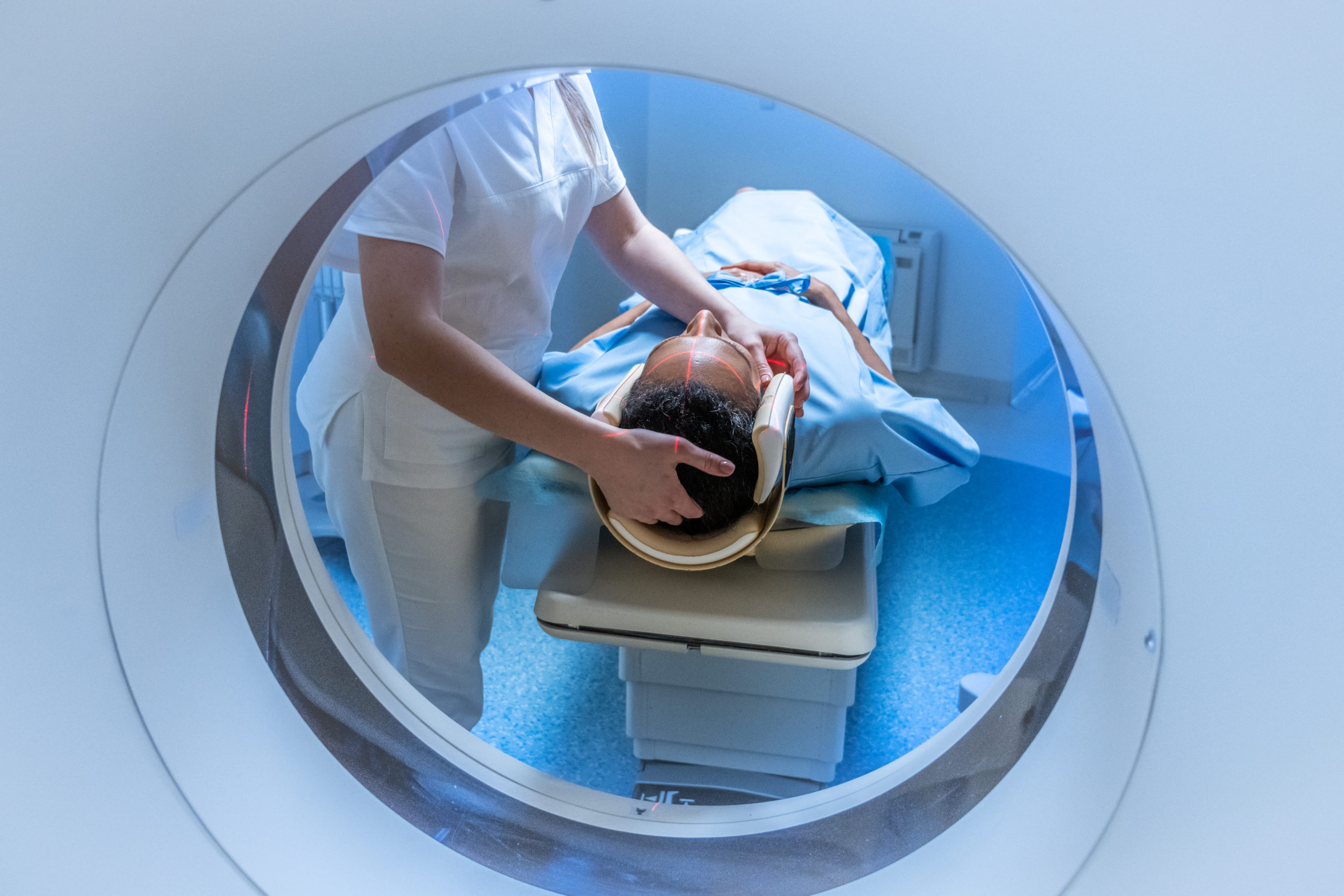Driven by a mission to accelerate decision-making and improve patient care, Avicenna.AI uses deep learning algorithms to identify suspected intracranial hemorrhage (ICH) and large vessel occlusion (LVO) and prioritizes those cases on the radiologist worklist. With seamless integration into PowerScribe Workflow Orchestration, users can accelerate and improve the therapeutic decision-making processes for better quality of care, better patient outcomes, and cost reduction. Avicenna.AI’s services, CINA-ICH and CINA-LVO, are available through the Nuance AI Marketplace, which connects more than 10,000 facilities in the U.S.
As technology advances and imaging volumes increase, radiologists are tasked with doing more with less. For radiologists to maintain the same level of quality interpretation under mounting demands, optimizing efficiencies is critical. Avicenna.AI provides artificial intelligence solutions for radiologist by doing just that. By combining deep learning and machine learning principles with neural network architecture, their AI-based triage algorithms search CT scans for key pathologies, determining and prioritizing the most urgent cases.
Cyril Di Grandi, founder and CEO of Avicenna.AI, shares his perspectives on their AI journey and the impact of their innovative AI solutions for radiologists and providers.

Jonathon Dreyer: Tell us about your business – when and how you started and your development journey.
[CD]: Founded in 2018, we are an independent company, based on the collaboration of deep learning experts – radiologists and software engineers from UC Irvine and southern France. Our mission is simple: to provide solutions to frequent clinical problems. With the increasing volume of imaging, the only way for radiologists to maintain the same level of interpretation quality is to optimize efficiencies by automating their manual tasks. After several years of research, our team is now delivering high-performance tools for everyday use in support of this goal.
Designed with a focus on patient management, our creed is to accelerate and improve the therapeutic decision-making processes for better quality of care, better patient outcomes, and cost reduction. Fully automated and seamlessly integrated into the radiologist’s existing work environment our solutions help radiologists to quickly and accurately identify intracranial hemorrhage and large vessel occlusion to accelerate care and ultimately improve patient outcomes. Our solutions help avoid misdiagnosis and reduce stress, helping to ensure no ICH or LVO is missed or delayed.
JD: What AI solutions do you have and what do they do?
[CD]: We offer deep learning models for automatic detection of intracranial hemorrhages (ICH), large vessel occlusion (LVO), and soon, automatic estimation of ASPECTS, the Alberta Stroke Program Early CT Score.
CINA-ICH and CINA-LVO are triage tools that identify suspected intracranial hemorrhage and large vessel occlusion, respectively, and prioritize those cases on the radiologist worklist. Both applications have been validated using datasets from more than 250 US hospitals with consistent high performance of over 90% for both sensitivity and specificity. They are FDA-cleared and available today on the Nuance AI Marketplace.
CINA-ASPECTS is an AI-based quantitative analysis tool that offers the possibility of faster, more consistent, and more precise interpretation for the assessment of acute ischemic stroke.
The Alberta Stroke Program Early Computed Tomography Score – ASPECTS – is a topographic scoring system that divides the brain territory that is affected by the stroke into 10 areas of interest. The obtained score represents the ischemic changes for one of the two hemispheres. In addition to providing the ASPECT score for both sides of the brain, CINA-ASPECTS provides:
- Heat map indicating the probability of hypodensity and/or sulcal effacement in the brain
- Outlines and displays the infarcted regions
- Summary chart with mean Hounsfield Unit per region
JD: What’s the big “Aha” moment when you first show users what your AI application(s) can do for them?
[CD]: The big ‘wow’ comes when users experience how well these algorithms immediately perform in their own environments, with no specific customization. They work as expected, with simplified deployment and easy integration into their existing solutions.
JD: What challenges or needs did you see that drove you to focus on this?
[CD]: Since radiologists are often expected to read and report on more than a hundred cases in a single day, we felt driven to create a technology that could help reduce the risk of burnout, fatigue, and errors to deliver a significant impact on report quality and patient care.
JD: What’s the number one benefit you offer?
[CD]: Saving lives. Ultimately, it’s CINA’s ability to prioritize these critical, time-sensitive, and life-threatening cases by making them easy for the radiologists to identify them in their worklists.
JD: What benefits does Nuance, and its AI Marketplace for Diagnostic Imaging bring to your users? What problems does the marketplace and integration into Nuance’s workflow solve?
[CD]: Adoption is key for third party tools. The deep integration with Nuance solutions helps to drive adoption by making it seamless and easy to use CINA-ICH and CINA-LVO. Radiologists can remain within their own environments with in-workflow AI – no added clicks, steps, or pop-up windows.
We believe that users shouldn’t have to be AI or integration experts in order to benefit from the value that AI offers.
JD: What has your experience been working with the Nuance team?
[CD]: It’s been a very positive one. We’ve been pleased to collaborate with a global partner such as Nuance who shares our same values to put patient care at the core of their business. Together we are committed to transform medical imaging by empowering radiologists in their daily tasks. Thanks to this partnership and our combined solutions, we aim to transform the future of healthcare.
JD: What is your vision for how your solution(s) will evolve over the next five years?
[CD]: We plan to cover emergency imaging from head to toe. We are also exploring oncology assessment, depending on the needs from our clinical partners.
JD: In one sentence, tell us what you think the future of medicine will look like.
[CD]: AI-based models will automate and complement many tasks that impact physicians, making them more efficient and effective in providing care.
Learn more:
To learn more about Avicenna.ai, please visit www.avicenna.ai and follow their updates on LinkedIn.







